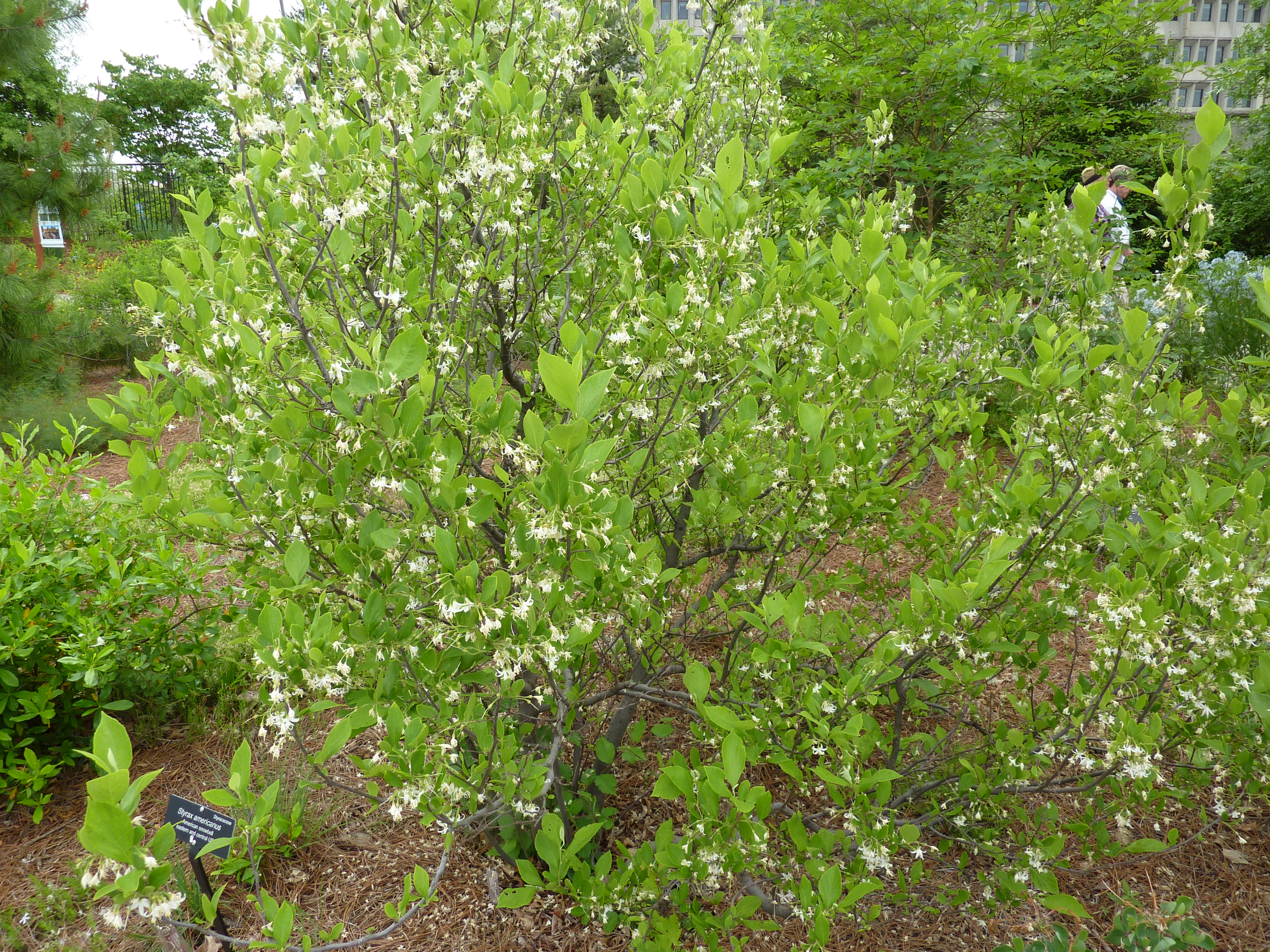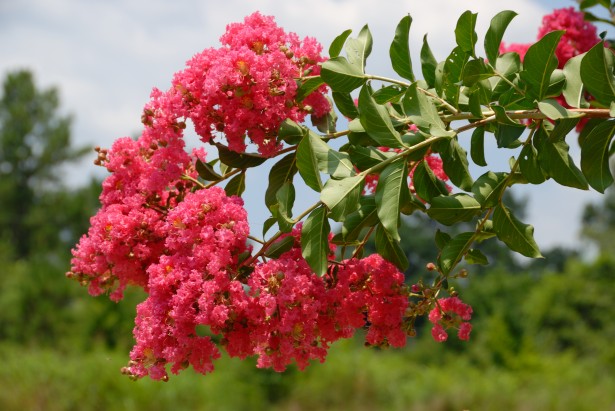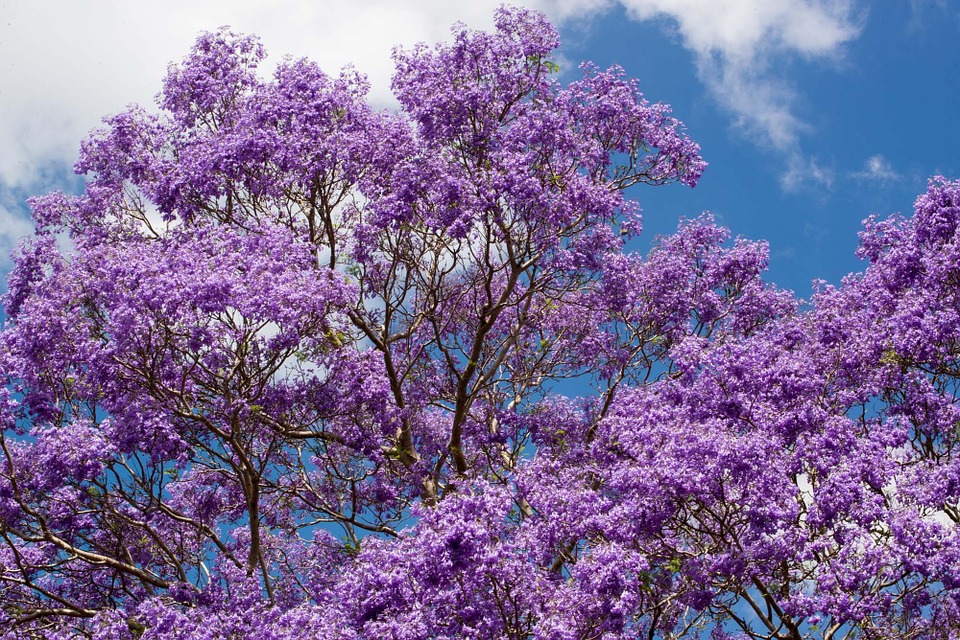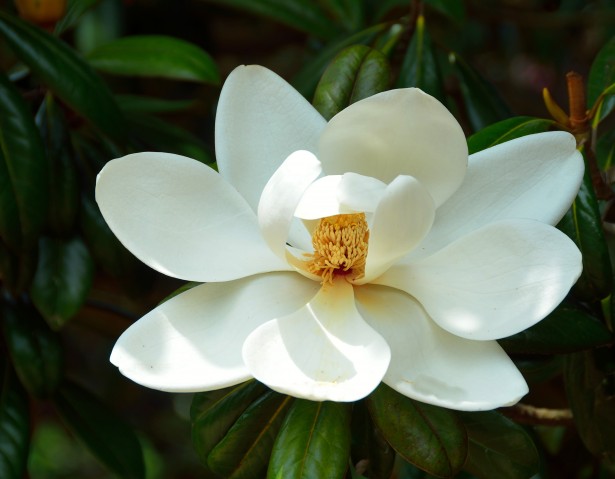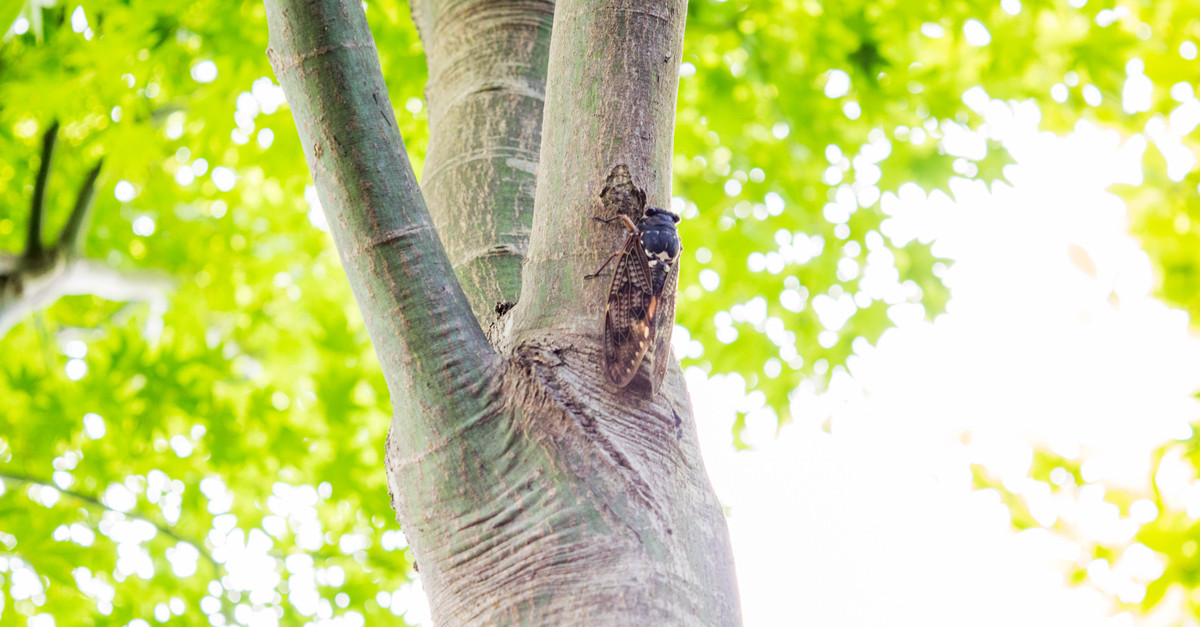First-Aid Kit: How to Treat an Injured Tree
There’s a handful of ways a tree can be damaged during their lives on this earth. Bad storms, human equipment, bugs, and fire are just a few of the most common reasons trees might find themselves with injuries. The good news is that, whether it’s a fallen branch or a gash on the trunk, once a wound pops up, trees are usually able to heal themselves.
However, certain injuries may require us humans to step in. Keep reading below to learn about tree injuries and how and if to treat them!
What Happens When a Tree is Injured?
To understand how to heal an injured tree, it’s important to understand the science behind what happens when a tree is injured.
There are two ways a tree responds to an injury. The first is called compartmentalization, when the tree seals the wound with specialized callus tissue that it creates. This tissue is essentially new wood that the tree grows around the wound to form a protective boundary so that the decaying tissue of the wound won’t affect the other existing tissue of the tree.
The second way a tree protects itself from a wound is called barrier zones. It’s similar to compartmentalization, but this time the new wood entirely closes around the wound, swallowing it whole, with chemical and physical barriers. There is a chance that the tree will not be successful in its efforts, meaning that the wound will continue to grow and affect the rest of the tree. The good news is that most of the time, active and young trees are usually successful with barrier zones.
However, we, as tree caregivers, can help the tree speed along these healing processes.
How to Care for these Trees
There are several things you can do to assist a tree that might be wounded on your property:
- If you notice the wound is looking ragged, grab a knife and cut off the sharp edges. However, be careful not to remove any of the healthy bark. If you do that, you’ll be exposing more living tree tissue than necessary.
- Sometimes pruning is necessary for trees. Some branches could be dead and in the process of falling, threatening the safety of everyone nearby. In cases like that, pruning is vital. However, it’s worth noting that when trees are pruned, it can cause a good deal of stress to the tree. That’s why it’s so important to use proper pruning techniques to trim your trees and assist with the healing of wounded branches. You can click here to learn more about the skills our expert team offers for pruning services.
- You might have heard about dressing a tree wound before. After all, humans get their wounds dressed so why not trees? Current studies show that dressing tree wounds can actually get in the way of the tree healing itself. Let the tree do it’s thing and back away with the dressing.
Trees are fantastic at healing their own wounds. They’ve been doing it for centuries without humans help, so take comfort in knowing that there’s not a lot that we can do to help our trees that might be injured. So sit back, relax, and trust the tree to fix itself.
Accidents happen to everyone, even trees. It’s not the end of the world if any of their beautiful trunks or branches get hurt since they will repair themselves. If you have any more questions about how to repair injured trees, the experts at Premier Tree Solutions can help! Click here to contact us today.



